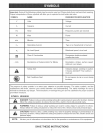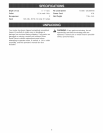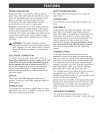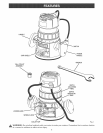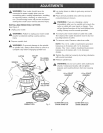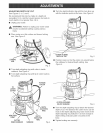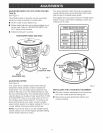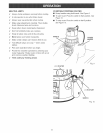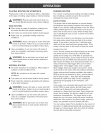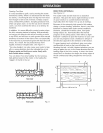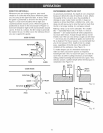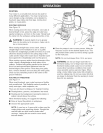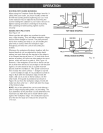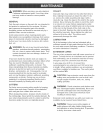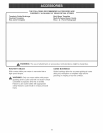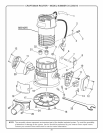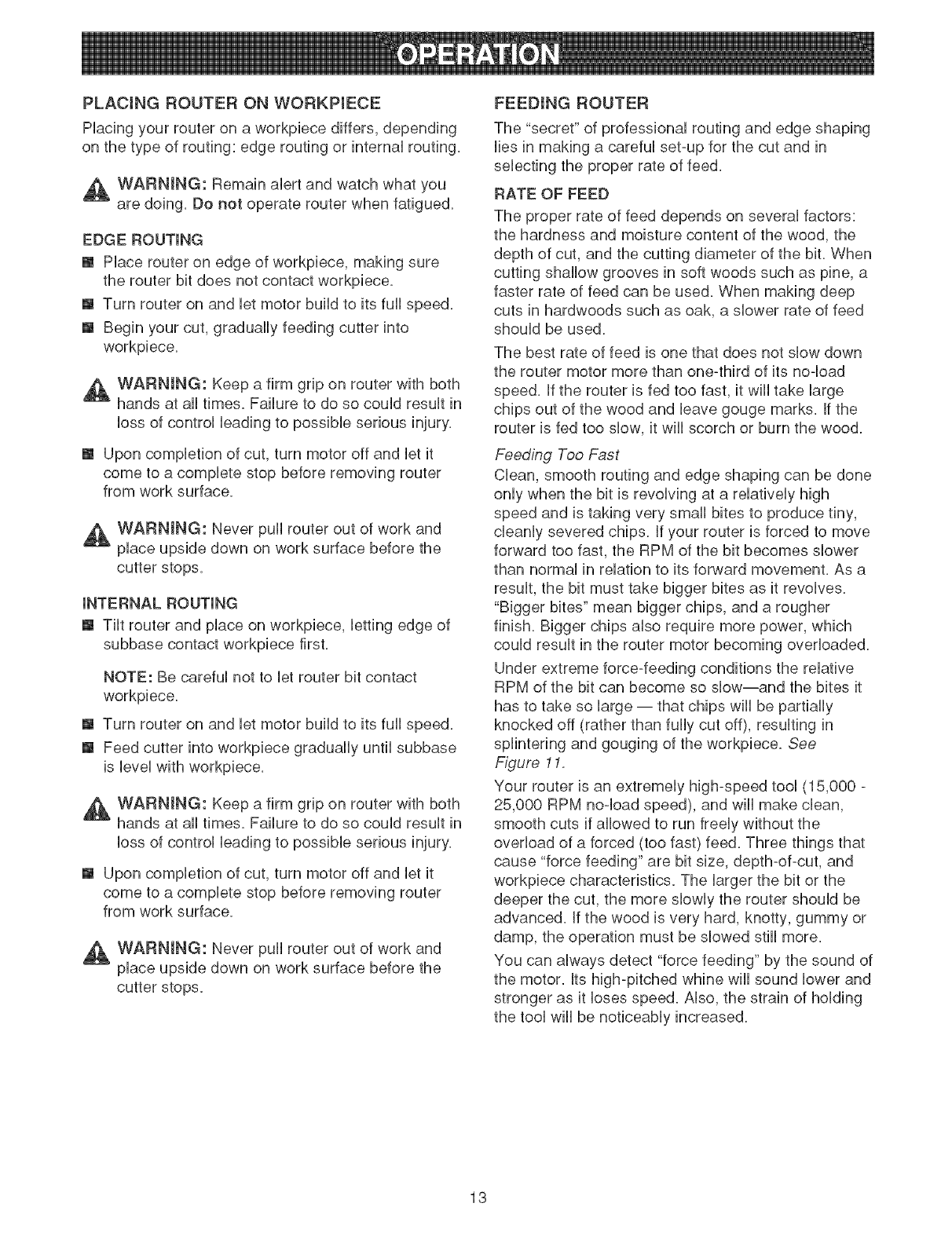
PLACINGROUTERONWORKPIECE
PUacing your router on a workpbce differs, depending
on the type of routing: edge routing or internaU routing.
_ WARNING: Remain alert and watch what you
are doing. Do not operate router when fatigued.
EDGE ROUTING
[] Place router on edge of workpiece, making sure
the router bit does not contact workpiece.
[] Turn router on and let motor build to its full speed.
[] Begin your cut, gradually feeding cutter into
workpiece.
_ WARNING: Keep a firm grip on router with both
hands at aii times. Failure to do so could result in
loss of control leading to possible serious injury.
[] Upon completion of cut, turn motor off and let it
come to a complete stop before removing router
from work surface.
,_ WARNING: Never pull router out of work and
place upside down on work surface before the
cutter stops.
INTERNAL ROUTING
[] Tilt router and place on workpiece, letting edge of
subbase contact workpiece first.
NOTE: Be careful not to let router bit contact
workpiece.
[] Turn router on and let motor build to its full speed.
[] Feed cutter into workpiece gradually until subbase
is level with workpiece.
,_ WARNING: Keep a firm grip on router with both
hands at all times. Failure to do so could result in
loss of control leading to possible serious injury.
[] Upon completion of cut, turn motor off and let it
come to a complete stop before removing router
from work surface.
_ WARNING: Never pull router out of work and
place upside down on work surface before the
cutter stops.
FEEDING ROUTER
The "secret" of professional routing and edge shaping
lies in making a careful set-up for the cut and in
selecting the proper rate of feed.
RATE OF FEED
The proper rate of feed depends on several factors:
the hardness and moisture content of the wood, the
depth of cut, and the cutting diameter of the bit. When
cutting shallow grooves in soft woods such as pine, a
faster rate of feed can be used. When making deep
cuts in hardwoods such as oak, a slower rate of feed
should be used.
The best rate of feed is one that does not slow down
the router motor more than one-third of its no-load
speed. If the router is fed too fast, it will take large
chips out of the wood and leave gouge marks, ff the
router is fed too slow, it wiii scorch or burn the wood.
Feeding Too Fast
Clean, smooth routing and edge shaping can be done
only when the bit is revolving at a relatively high
speed and is taking very small bites to produce tiny,
cleanly severed chips. If your router is forced to move
forward too fast, the RPM of the bit becomes slower
than normal in relation to its forward movement. As a
result, the bit must take bigger bites as it revolves.
"Bigger bites" mean bigger chips, and a rougher
finish. Bigger chips also require more power, which
could result in the router motor becoming overloaded.
Under extreme force-feeding conditions the relative
RPM of the bit can become so slow--and the bites it
has to take so large -- that chips will be partially
knocked off (rather than fully cut off), resulting in
splintering and gouging of the workpiece. See
Figure 11.
Your router is an extremely high-speed tool (15,000 -
25,000 RPM no-load speed), and will make clean,
smooth cuts if allowed to run freely without the
overload of a forced (too fast) feed. Three things that
cause "force feeding" are bit size, depth-of-cut, and
workpiece characteristics. The larger the bit or the
deeper the cut, the more slowly the router should be
advanced. Rfthe wood is very hard, knotty, gummy or
damp, the operation must be slowed still more.
You can always detect "force feeding" by the sound of
the motor. Its high-pitched whine will sound lower and
stronger as it loses speed. Also, the strain of holding
the tool will be noticeably increased.
13



